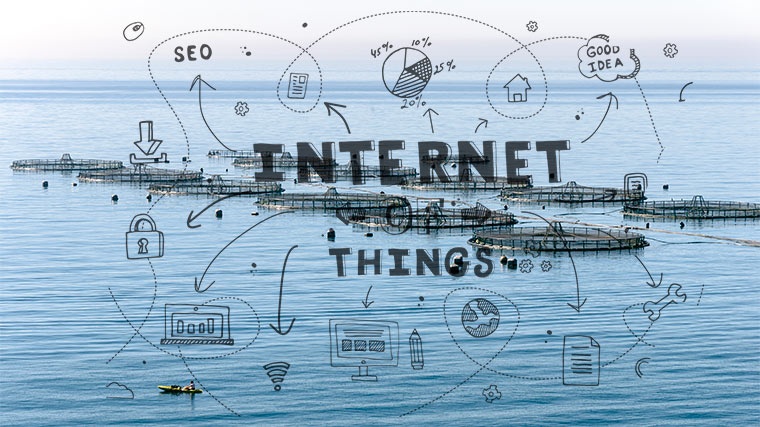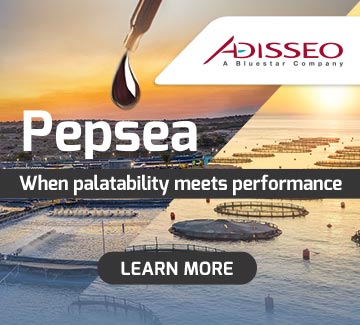
Experts emphasise that the adoption of Industry 4.0 technologies – including the Internet of Things (IoT), Artificial Intelligence (AI) and machine learning – is essential for the sustainable growth of aquaculture worldwide. They stress that this is particularly relevant in developing countries, where aquaculture can play a decisive role in strengthening food security and reducing poverty.
These technologies have the potential to transform efficiency and competitiveness by enabling real-time monitoring of water quality and fish health. IoT systems make it possible to continuously measure key parameters such as dissolved oxygen, pH, temperature, turbidity and salinity. When combined with cloud platforms and visualisation tools, these data support more informed decision-making, improve survival and growth rates, reduce costs and promote sustainability.
For example, IoT systems can measure dissolved oxygen to prevent fish stress or mortality, track temperature fluctuations that affect metabolism, monitor pH and turbidity to ensure optimal water quality, and record salinity levels in brackish environments. Once processed through cloud platforms, this information enables farmers to take timely management decisions—such as adjusting aeration, regulating feeding or anticipating disease risks—that enhance productivity and resilience.
Artificial intelligence and machine learning extend these capabilities by developing predictive models that can anticipate fish growth under different feeding regimes, forecast harvest times or simulate production scenarios in response to environmental changes. These tools help farmers to plan more efficiently and mitigate risks linked to fluctuating water quality or climate variability.
Despite these opportunities, significant barriers remain. The review identifies limitations such as restricted access to well-designed devices, inadequate connectivity, data storage constraints, high energy consumption, the need for frequent sensor calibration and poor-quality data that can impede decision-making. Beyond the technical challenges, the high cost of implementation and a lack of cultural readiness among stakeholders also hinder broader adoption.
To overcome these obstacles, the authors underline the importance of developing low-cost yet highly efficient hardware and software solutions, tailored to the specific needs of the aquaculture industry.


